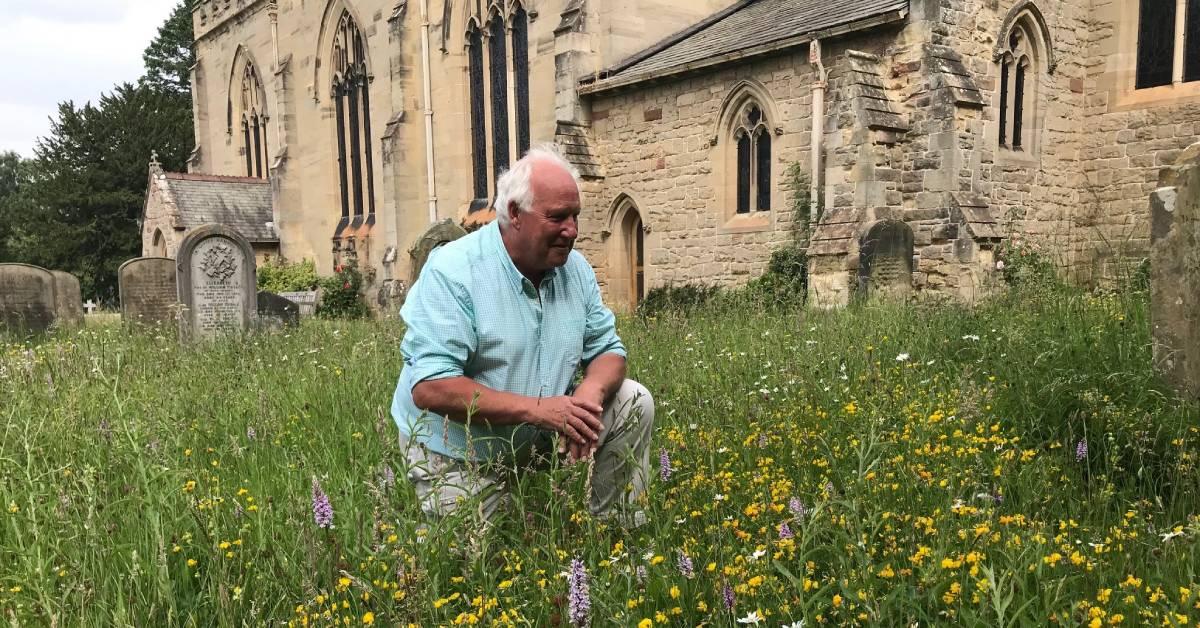Subscribe to trusted local news
In a time of both misinformation and too much information, quality journalism is more crucial than ever. By subscribing, you can help us get the story right.
- Subscription costs less than £1 a week with an annual plan.
Already a subscriber? Log in here.
07
Aug 2021
Re-wilding is different from re-naturalising says Sharow church conservationist

This year has seen a lively debate about the merits of leaving grass to grow in public areas such as the Stray, cemeteries or on roadside verges to benefit bio-diversity.
For three decades, Simon Warwick, director and trustee of the Lower Ure Conservation Trust, has been involved in a programme of activity focused on the churchyard at St John's Church in the village of Sharow, where he lives.
The long grass close to some graves is part of a planned re-naturalising regime.
Mr Warwick, who has been honoured with an MBE in recognition of his lifelong work as a conservationist, told the Stray Ferret how re-naturalising is different from re-wilding:
0